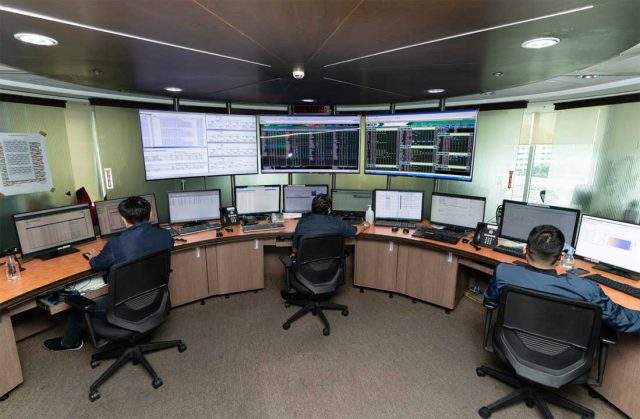Philippines logs 5,823 new infections
The Department of Health reported 5,823 coronavirus cases on Friday, bringing the total to 2.7 million.
The death toll rose to 41,520 after 283 more patients died, while recoveries increased by 5,823 to 2.6 million, it said in a bulletin.
There were 66,838 active cases, 79.1% of which were mild, 6.1% did not show symptoms, 4.6% were severe, 8.33% were moderate and 1.9% were critical.
Forty-five duplicates were removed from the tally, 36 of which were reclassified as recoveries, while 220 were relisted as deaths.
The agency said 49% of intensive care units in Metro Manila were occupied, while the national rate was 56%.
Meanwhile, the second phase of vaccination for children started in the capital region on Friday. DoH said vaccinations were held in some hospitals.
“The vaccination for children will be closely monitored to detect adverse events following immunization to ensure the safety of our young vaccine recipients,” Health Undersecretary Roger P. Tong-An said during the ceremonial vaccination at Cardinal Santos Medical Center in San Juan.
Vaccinating minors would help improve their social environment, he said, noting that the lockdown had stunted their social growth. — Alyssa Nicole O. Tan










